by Martin Green
There is nothing quite like the experience that wearing an ultra-thin mechanical watch can provide.
Despite a svelte, often understated case hugging your wrist in a barely perceptible embrace, you know that a there is a fully mechanical movement functioning at the edge of what is mechanically possible beating inside.
The tension between ultra-slim and practical offers watchmakers a challenge that I call walking the horological high wire – which is all about balance because, in the end, as thin as the watch might be it is still a watch that needs to be worn, used, and be able to cope with everyday life at least within some reason.
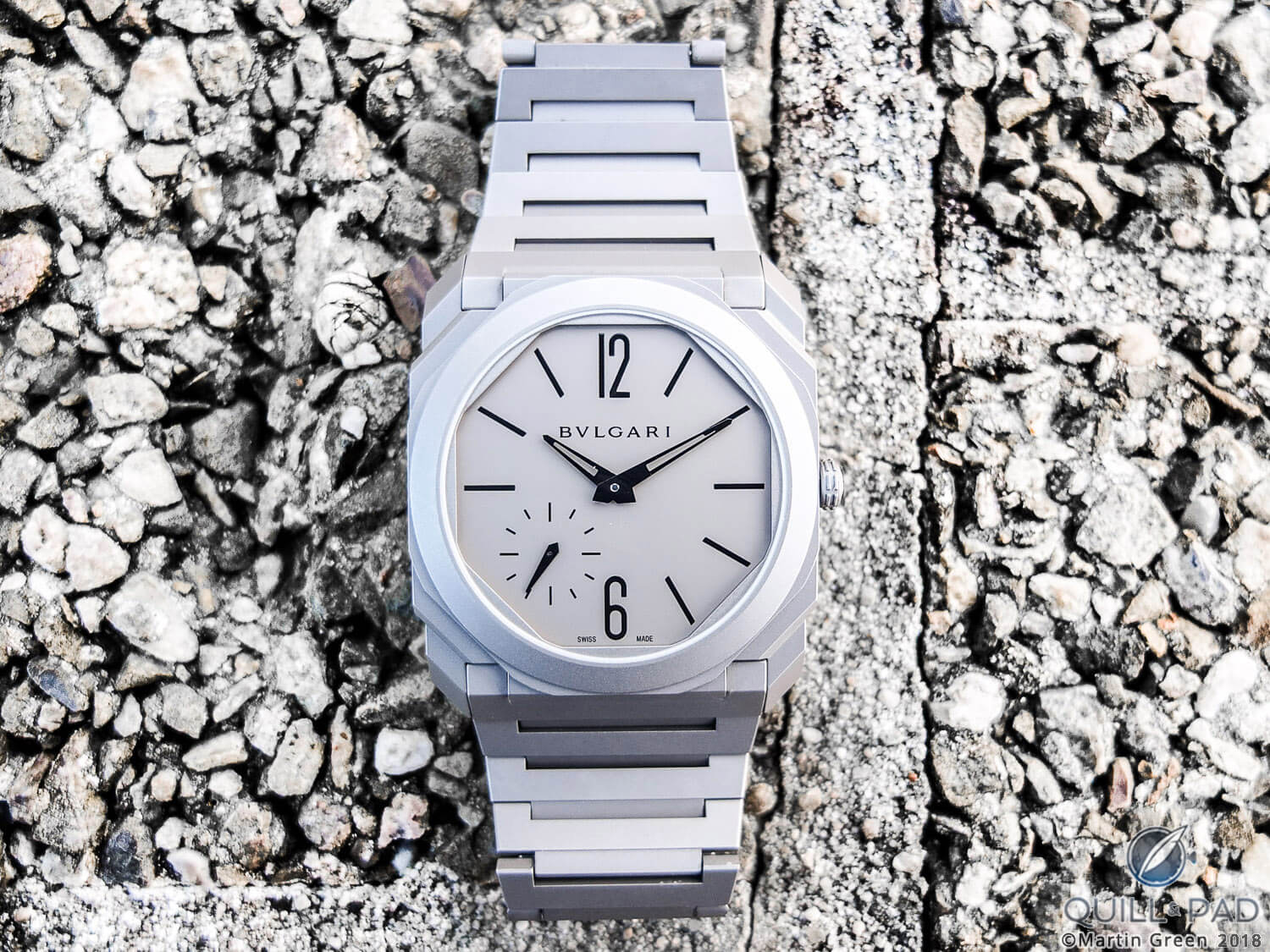
Bulgari Octo Finissimo Automatic
Creating an ultra-thin watch means that the thickness of the movement must be minimized, which means not only thinner components, but also less space between the components. However, the thinness is limited by the need for a minimum of rigidity, to avoid slight shocks or minor bending of the movement when strapping on the wrist, for example, stopping the movement.
Normally, the case plays an important role in maximizing rigidity. But there is little point in creating an ultra-thin movement with a thick case. Even the most introverted of watchmakers would be too proud of their achievement to allow that.
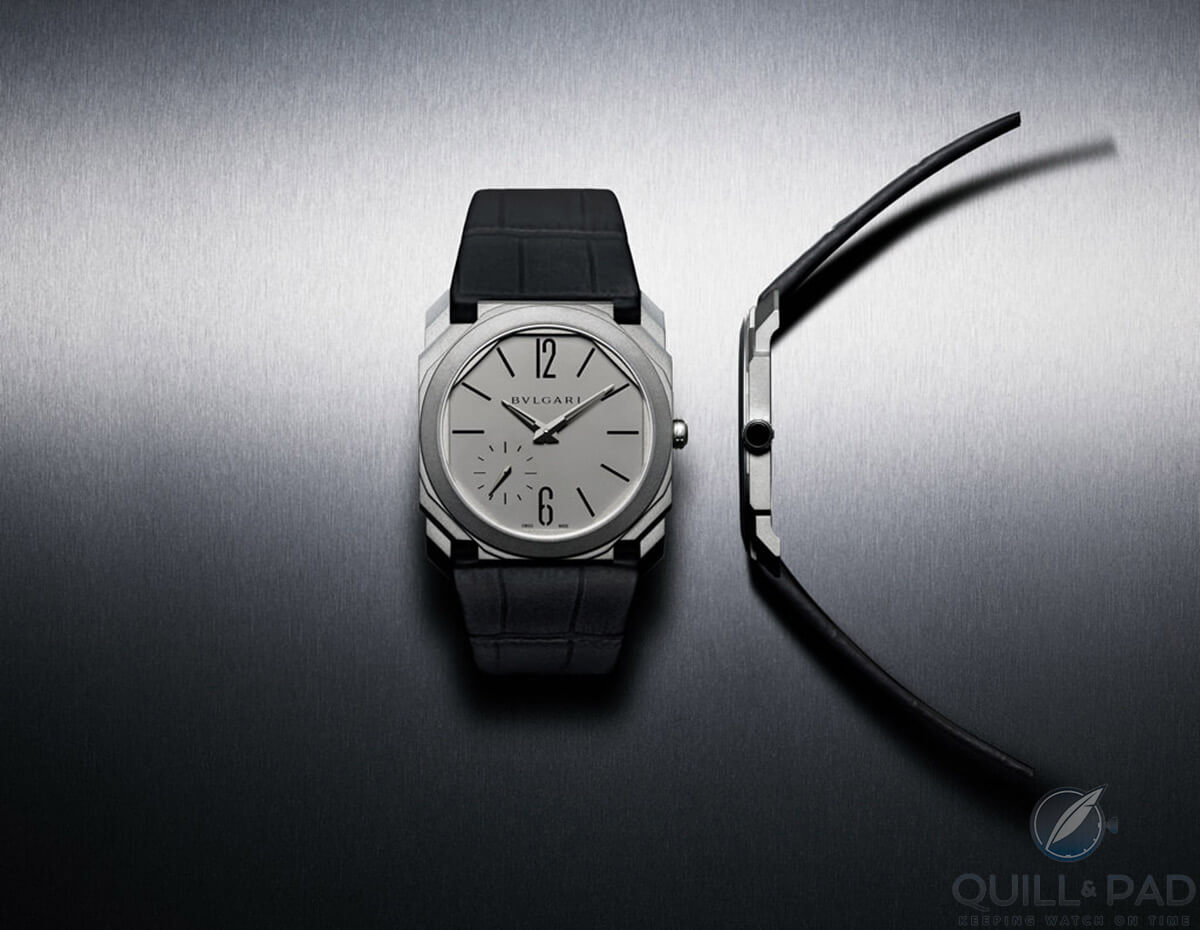
Bulgari Octo Finissimo Automatic
Thinner cases also bend more easily, especially since the vast majority of ultra-slim movements end up in watches cased in precious metal. So before you know it, what was intended to become an ultra-thin delight essentially becomes a non-functional pile of expensive parts . . . albeit an ultra-slim pile!
Living the ultra-thin life
Quite early in my watch-world explorations, I developed a profound passion for ultra-thin watches. Over the years I have owned quite a few and handled even more. Some of these were great-looking disasters, unable to perform the most basic task of a watch: accurate timekeeping. Even in the pampered everyday life of a writer, they could simply not withstand the stresses they were exposed to.
Others were surprisingly adequate performers, even surpassing the reasonable expectations one should have of such a movement!
The manual-wind Frédéric Piguet Caliber 21 comes to mind, initially launched in 1925 with a height of only 1.75 mm and over the years used by a wide variety of brands from Cartier to Blancpain.
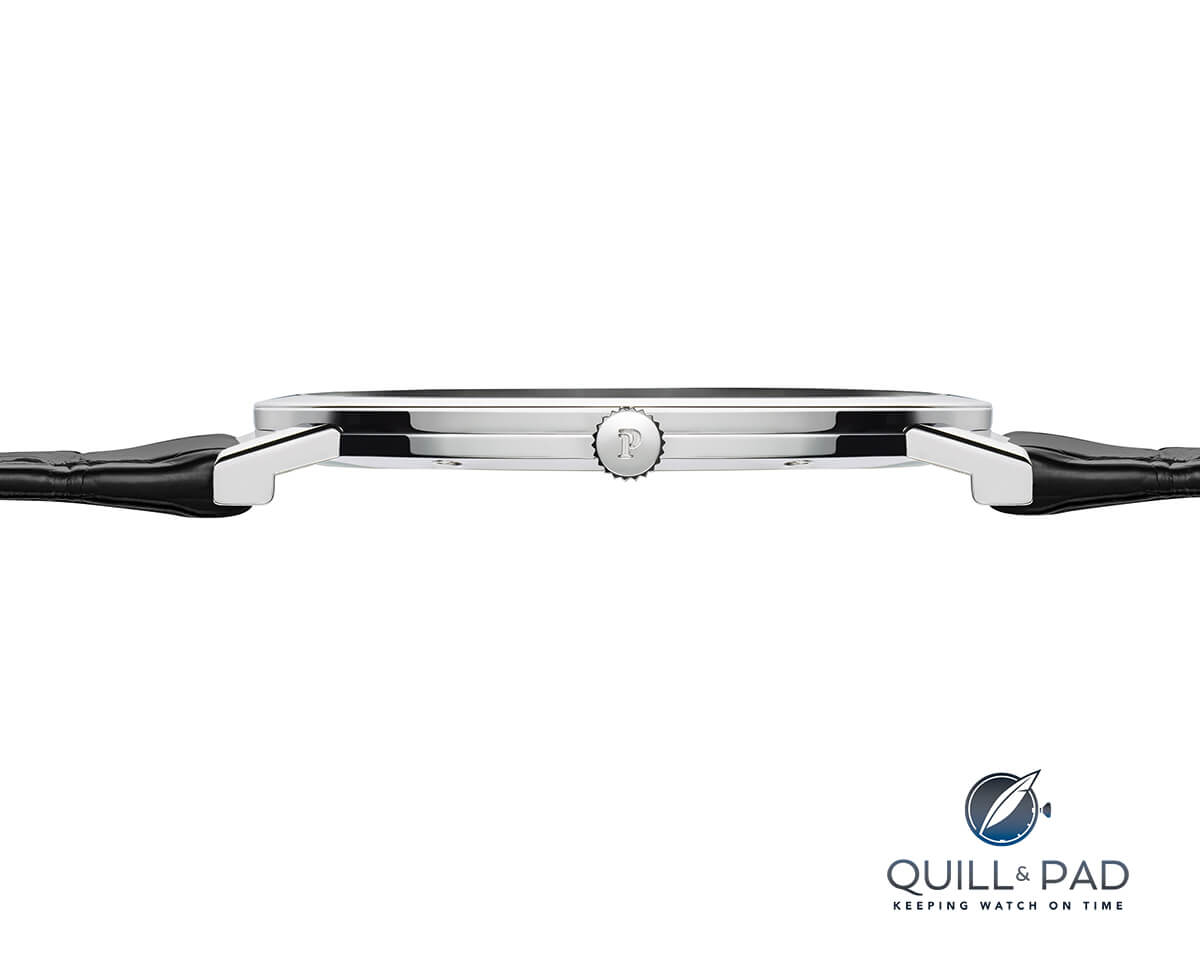
Piaget Altiplano in profile
With various watches containing Piaget’s Caliber 9P, launched in 1957 with a height of 2 mm, I have done things that come close to blasphemy, however.
These previously mentioned calibers are all manual wind movements. So how do you up the game on this? By creating an automatic ultra-slim caliber, of course.
Making an ultra-thin automatic means adding more (moving) parts, though. And where do you put the winding rotor?
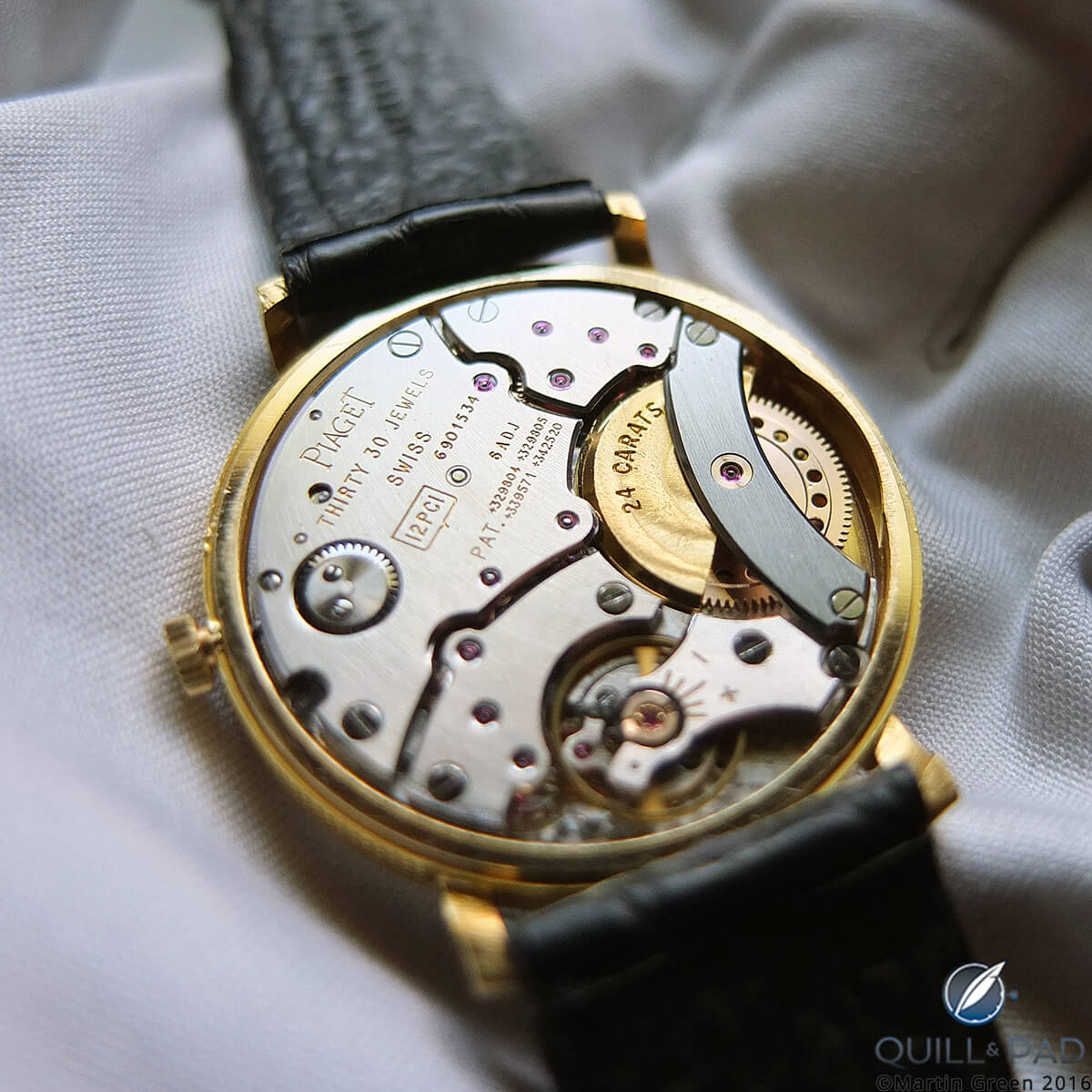
Vintage Piaget Caliber 12P
Piaget decided to go for a micro rotor when it created the legendary 2.3 millimeter-thick Caliber 12P in 1960 (see Piaget 12P: The Birth Of An Ultra-Thin Legacy), becoming the progenitor of an entire generation of automatic ultra-thin movements.
Jean Lasalle broke records with the two-millimeter-high Caliber 2000 in 1976, opting for a central rotor and thereby making one of the most temperamental movements any watch brand has ever created.
Birth of “ultra finissimo”
It was quite a surprise in 2014 when Bulgari introduced the Octo Finissimo Tourbillon out of the blue, whose manual-wind movement is only 1.95 mm high. It was followed in 2016 with the 3.12 millimeter-high Octo Finissimo Minute Repeater.
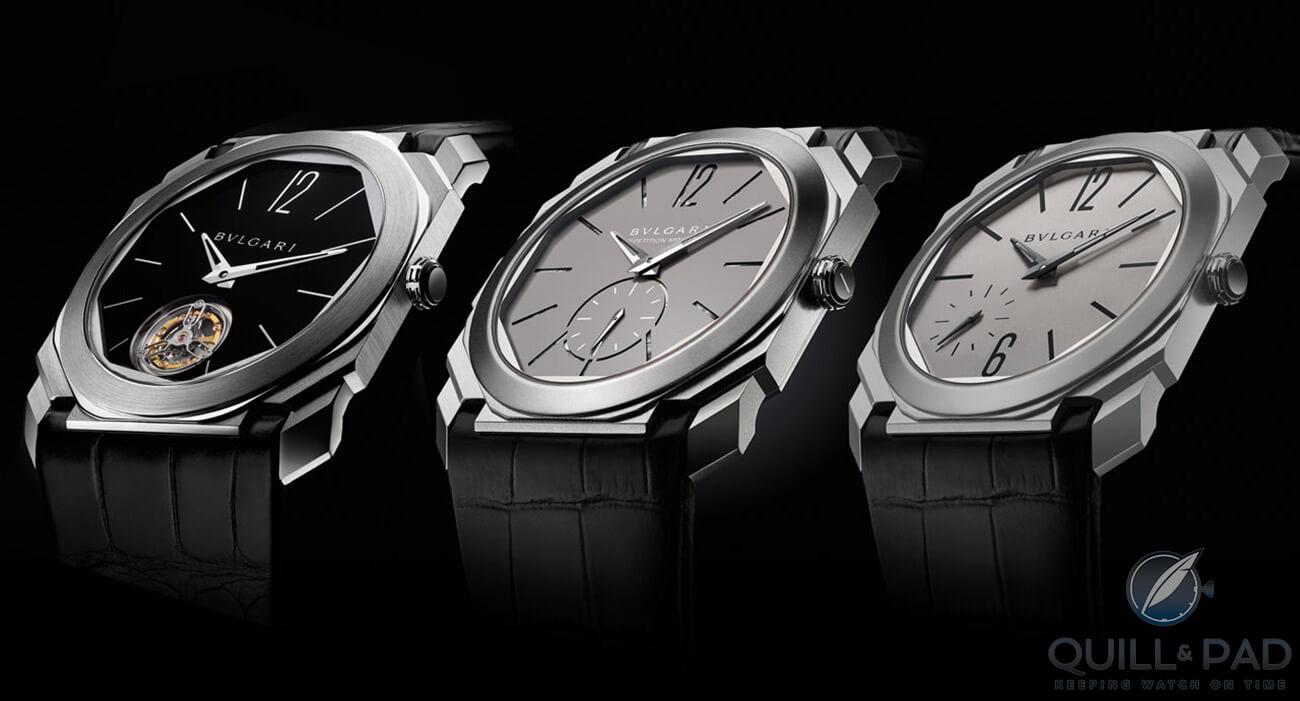
Bulgari Octo Finissimo collection: (L-R) Tourbillon, Minute Repeater, and Automatic
These were serious achievements that not only gave Bulgari two record holders, but also established it as a force in the world of ultra-thin watchmaking.
Things became really serious in 2017 when Bulgari took the title of the world’s thinnest automatic watch with the Octo Finissimo Automatic, a mere 5.15 mm in height, case included.
At that time it beat Piaget’s automatic Altiplano by 0.1 mm.
But continuing the game, Piaget took the record back early in 2018 with its 910 Ultimate.
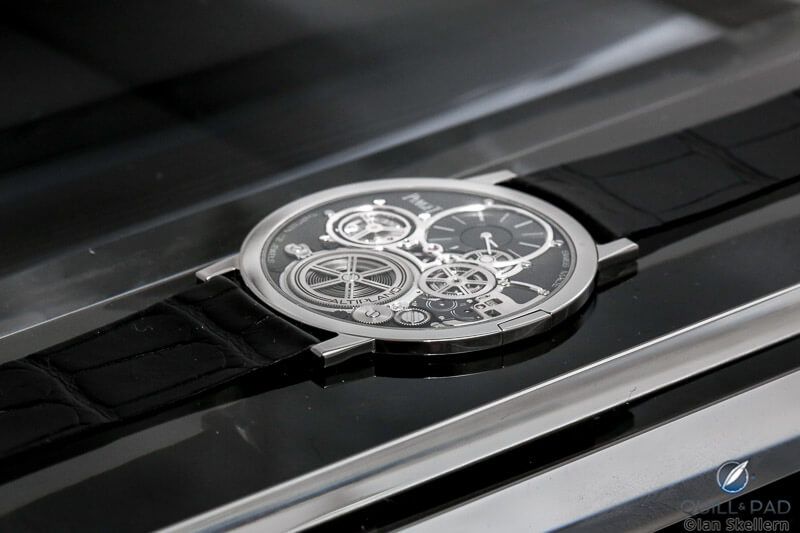
Piaget Ultimate Concept Watch
Why do I consider the least complicated ultra-thin watch the most serious and important of the genre? Because as impressive as the tourbillon and minute repeater are, they are rich-people toys with a naturally limited production because only so many people can afford them.
While the Bulgari Octo Finissimo Automatic still requires quite an investment, far more people will be able to afford the $13,900 it costs on a bracelet (or $12,800 for those who prefer it on a strap).
That means that far more examples of the Octo Finissimo Automatic will be made and that any “teething pains” the watch may experience will also have a much larger (guinea pig) audience than would be the case with its two complicated siblings.
That higher production number also creates challenges in and of itself because more people are involved in making the watches, which all need to be up to par, and that production speed also becomes a more important factor then it would be with more complicated watches that are made in a more individual way.
Bulgari could hardly have made it more difficult for itself, and that is why I was all the more excited to take this watch through its paces for a couple of weeks.
Pushing to the limit, then back a touch
One of the first things I noticed was that Bulgari didn’t push things as far to the limit as it could have with the Octo Finissimo Automatic.
First of all, the watch does have a second hand, meaning more height because the hour and minute hands are placed above it, adding height to the watch. Bulgari also opted to install a display case back that shows off the movement, but again adds height.
Altogether, without even touching the movement itself, Bulgari could have knocked off at least an additional 0.1 mm, perhaps even 0.15, if the engineers had pushed it. But I am glad that they didn’t.
Had they pursued going to the limit, the Octo Finissimo Automatic wouldn’t have been such an interesting watch. These watches are not Formula 1 cars, built only for ultimate performance, but rather luxury objects crafted for personal enjoyment. The off-center small seconds acts like a little rebel on the dial, preventing the watch from becoming too symmetrical, and as a result too boring.
And that movement is something Bulgari should indeed show off. Not only because of the beautiful côtes de Genève and chamfered edges of the bridges, but also because the movement designers opted for a full bridge over the balance wheel.
This provides the watch with increased shock resistance (not unimportant in an ultra-thin watch). Another interesting detail is the micro rotor, which Bulgari crafted in platinum to make it as heavy as possible and increase winding efficiency. The engine-turned details on the main plate below it offer a nice visual contrast.
Bulgari Octo Finissimo Automatic on the wrist
Being a 40 mm square cushion makes the Octo Finissimo Automatic quite a large watch to wear. With my modestly sized wrist, this was reason for some concern. Yet it shouldn’t have been as its slenderness makes it very comfortable to wear.
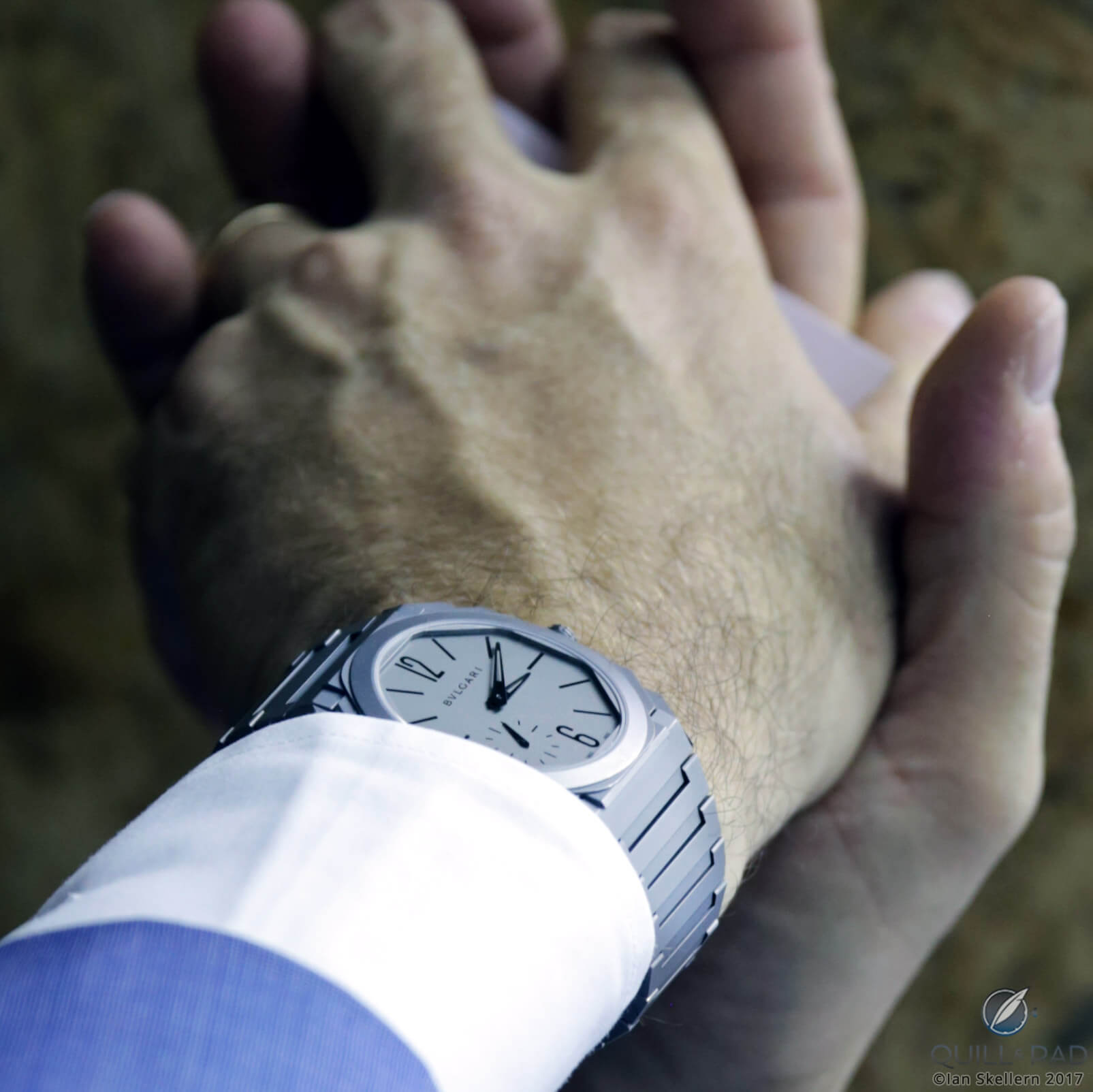
Bulgari Octo Finissimo Automatic on the wrist
Another factor that greatly aids in the incredible wearing comfort of the Bulgari is the titanium used to make the case. It not only makes the watch very light to wear but also heats up to body heat rapidly.
Despite its size, I often didn’t even notice that I was still wearing a quite substantial watch.
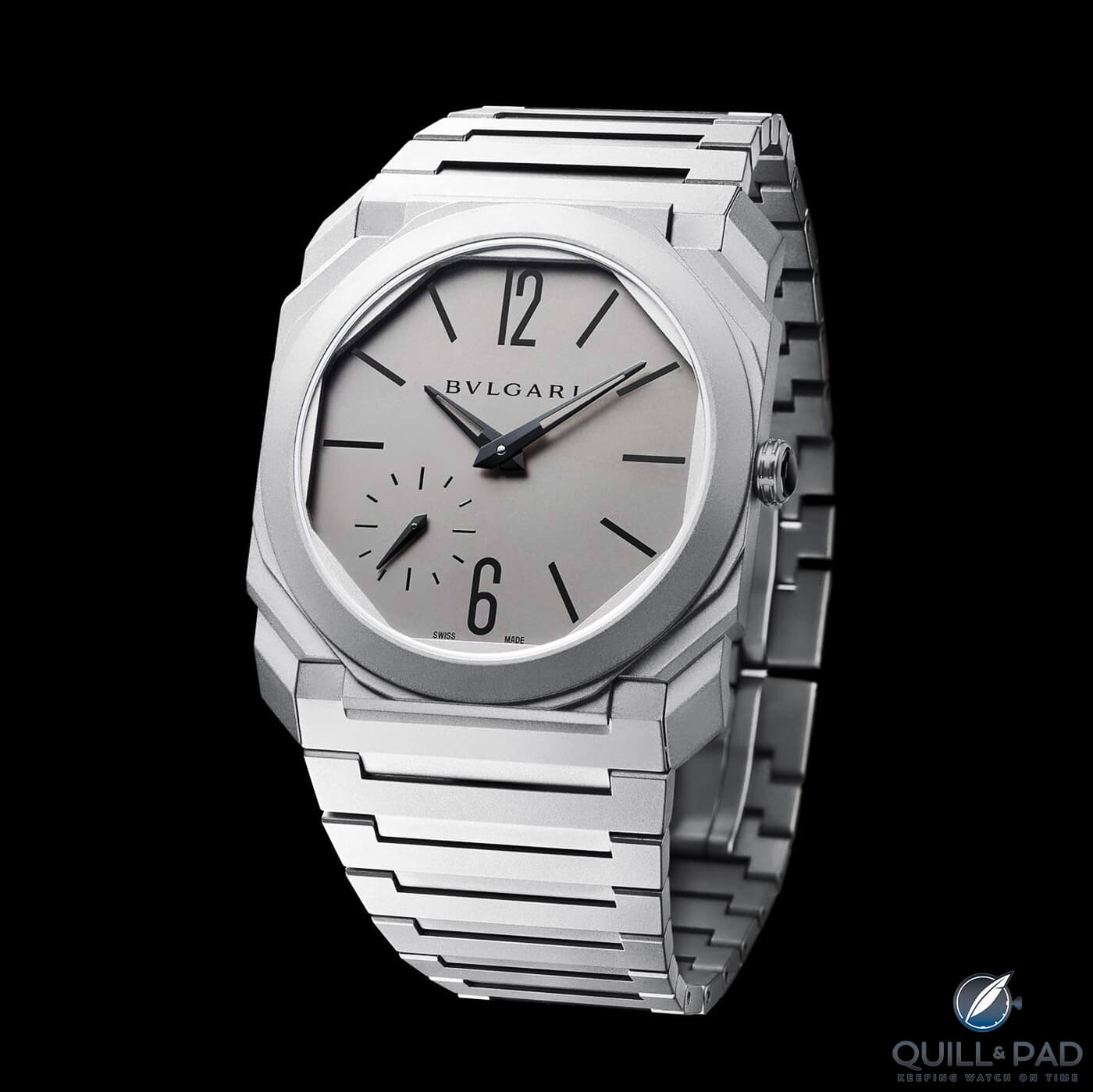
Bulgari Octo Finissimo Automatic
The choice of titanium combined with its micro-blasted, matte appearance, gives the Octo Finissimo Automatic a very technical look that goes well with its design. The case itself is quite busy with all the different angles and corners, but the monochrome look helps to bring them together in one harmonious form.
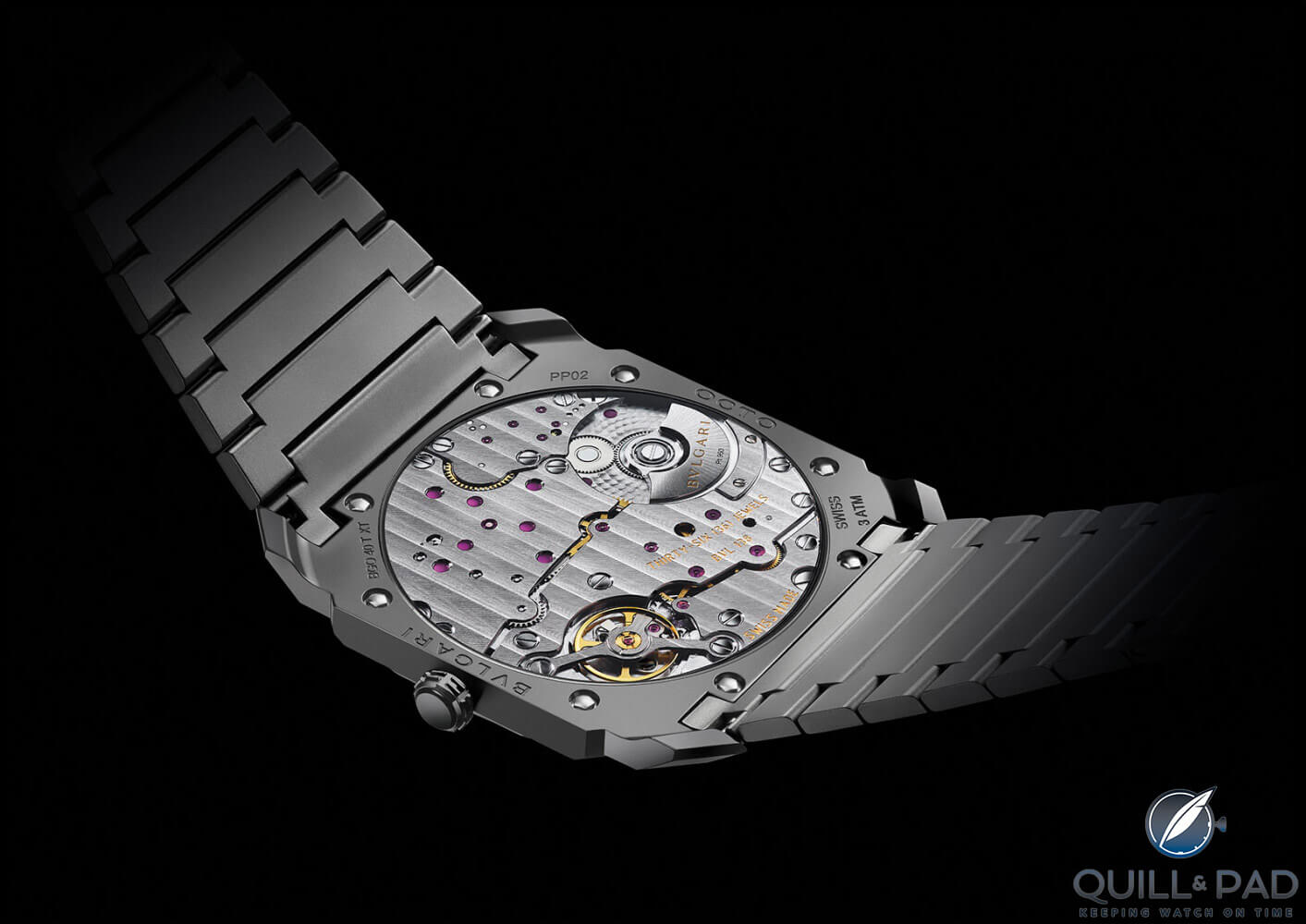
View through the display back of the Bulgari Octo Finissimo Automatic
Despite all the advantages of choosing titanium, there is another one that is not unimportant: Most ultra-thin watches are encased in precious metal, and compared to these the Octo Finissimo Automatic feels more like an everyday watch; it takes the ultra-thin watch out of dress-watch territory. And that by itself is a rarity.
The Octo Finissimo Automatic is available on both an alligator skin strap and a titanium bracelet. I strongly recommend getting both.
The bracelet is a thing of beauty: its link design is quite simple but goes very well with the design of the case and, perhaps even more importantly, it is incredibly comfortable to wear. It follows the curves of the wrist very closely, and Bulgari lets the folding clasp sink into the bracelet itself, increasing the wearing comfort even further.
This makes it, in my opinion, worth the $1,100 premium.
So why should you still get the alligator strap as well? Because it changes the appearance of the Octo Finissimo Automatic quite dramatically. It will never become a true “gentleman” in the classic sense of the word, but you can see this strap as its “tuxedo.”
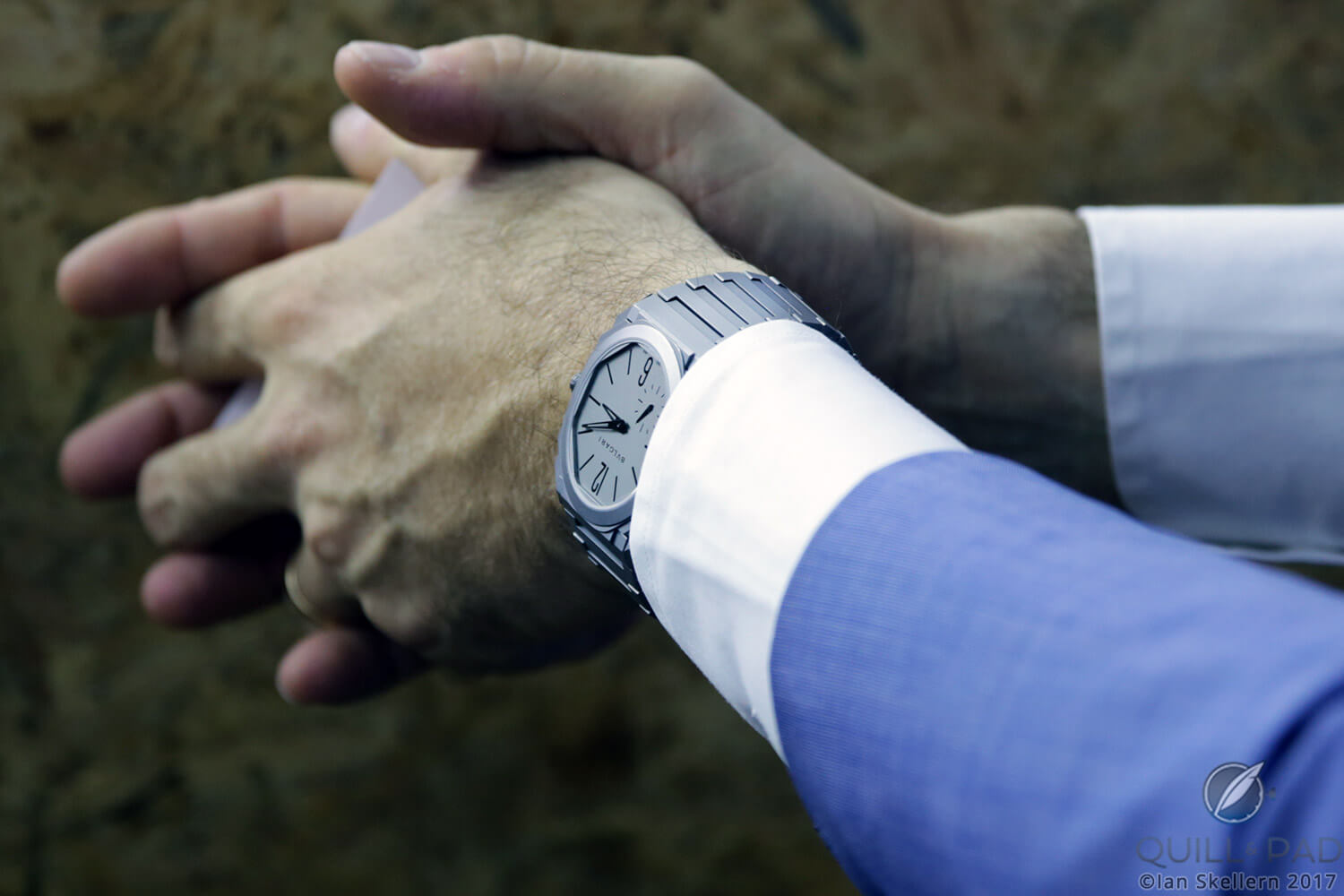
Bulgari Octo Finissimo Automatic on the wrist
It increases the versatility of what is already quite a versatile watch – for an ultra-thin, anyway. And that is perhaps its biggest achievement!
For more information, please visit www.bulgari.com.
Quick Facts Bulgari Octo Finissimo Automatic
Case: 44 x 5.15 mm, titanium
Movement: ultra-slim automatic Caliber BVL 138, 2.23 mm height, 36.6 mm diameter, 21,600 vph/3 Hz frequency, 60-hour power reserve
Functions: hours, minutes, seconds
Price: $13,900 on a bracelet, $12,800 on a strap
* Disclosure: in researching this article, Martin Green covered his own expenses. He received no inducements from either Bulgari or Ace Jewelers, who was kind enough to provide the watch for review.
Trackbacks & Pingbacks
-
[…] – and in case you need any convincing of my beliefs, please read my recent article about the Bulgari Octo Finissimo Automatic – Breguet’s Classique Tourbillon Extra-Plat Automatique ranks among my favorites. In fact, […]
Leave a Reply
Want to join the discussion?Feel free to contribute!








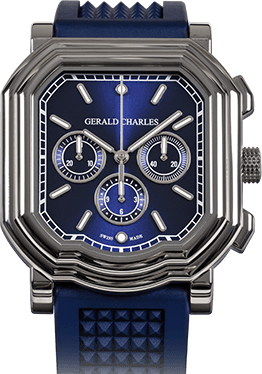
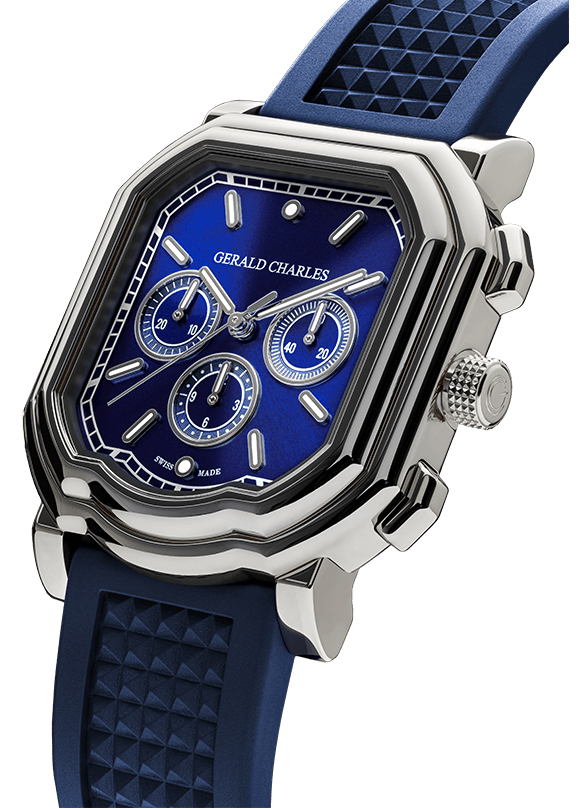

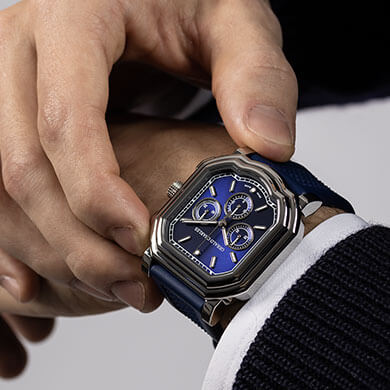
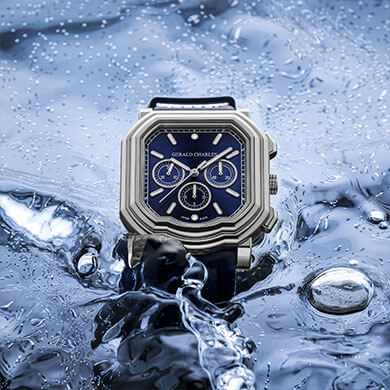

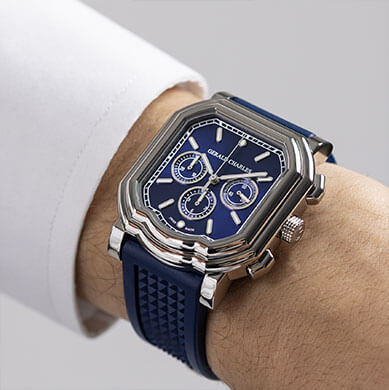



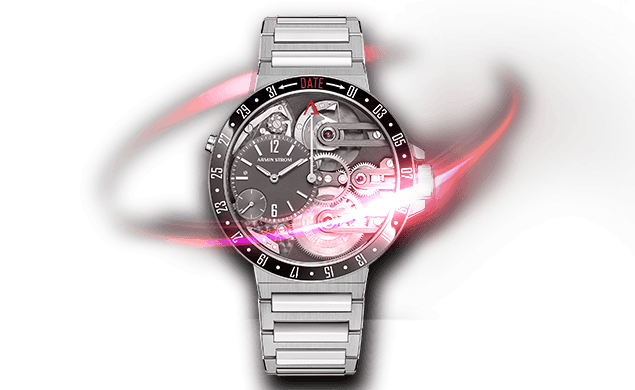
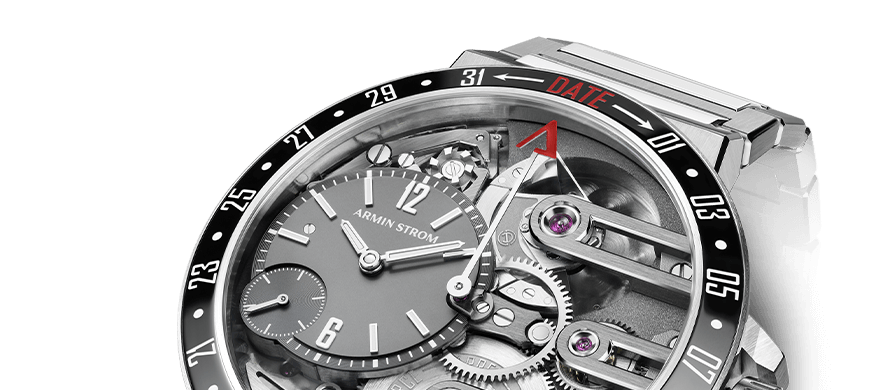
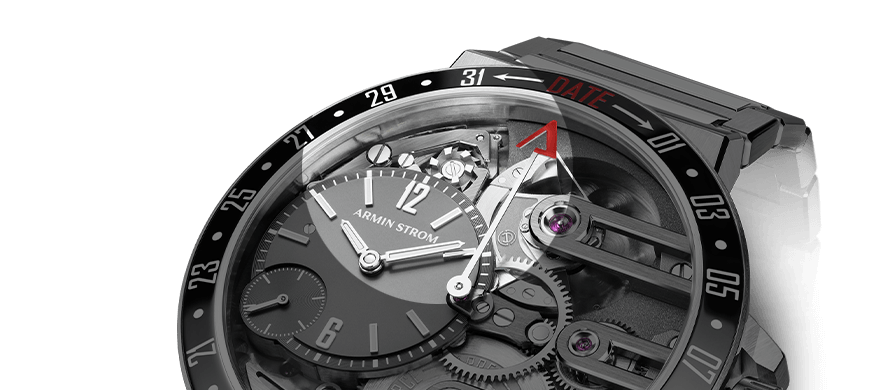


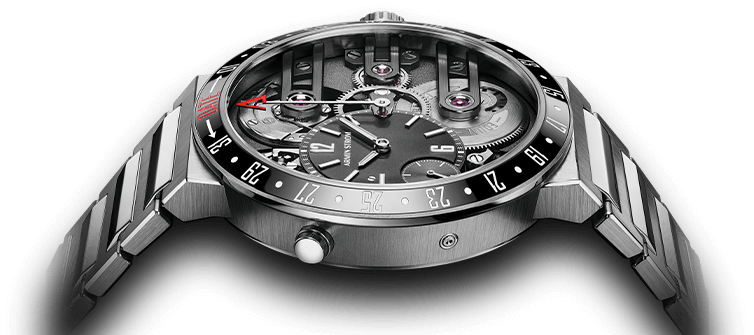
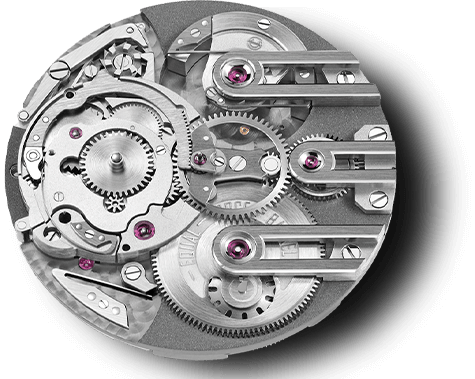

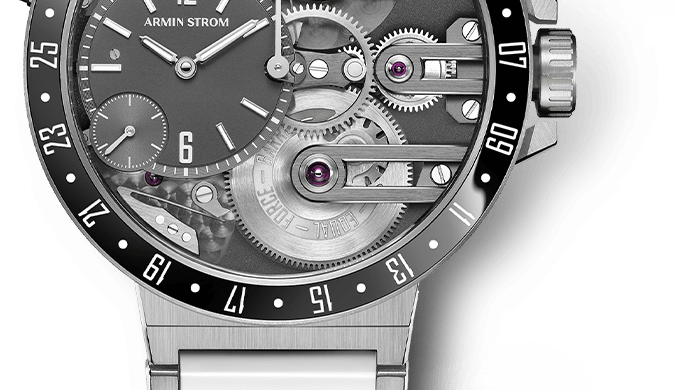
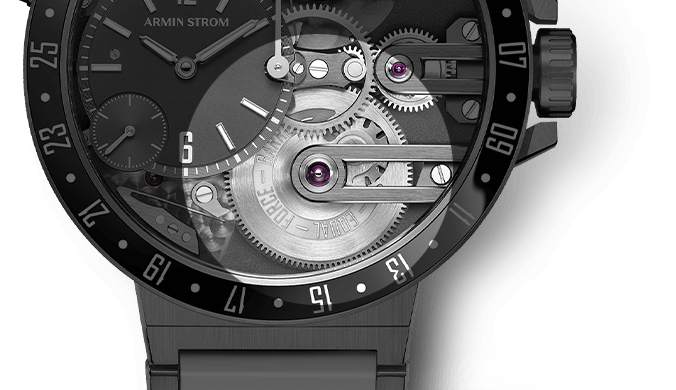


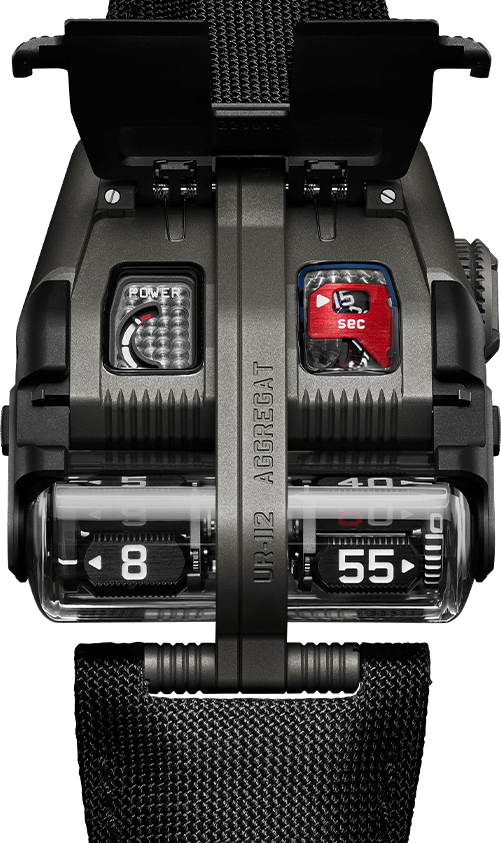

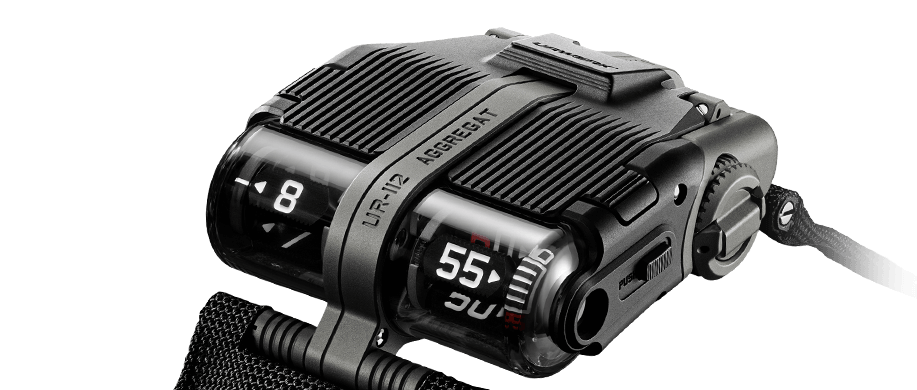
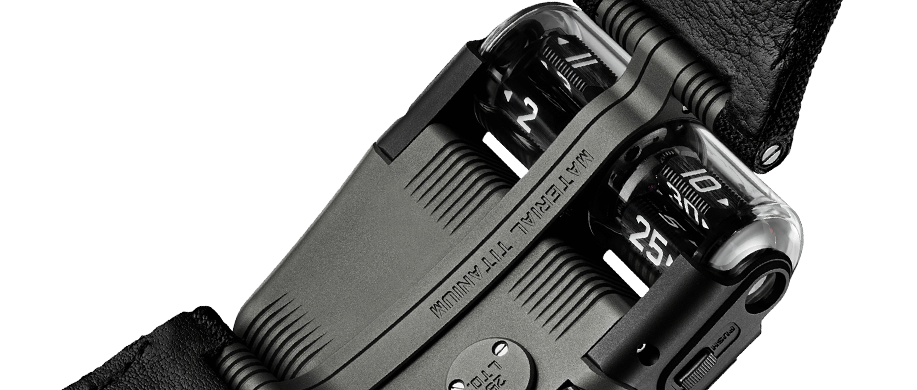
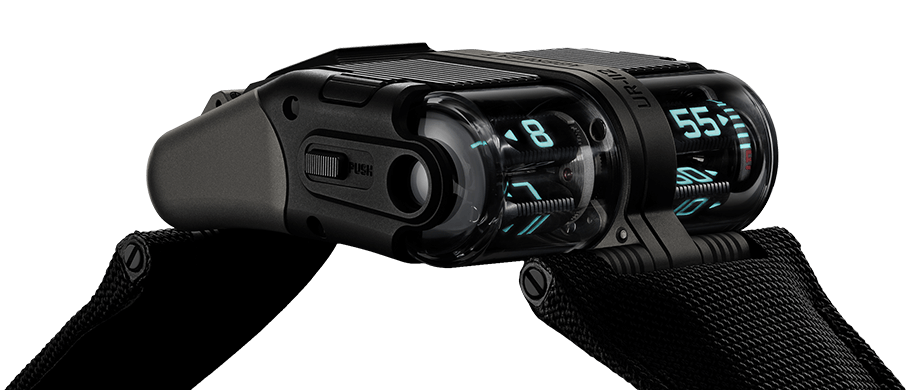


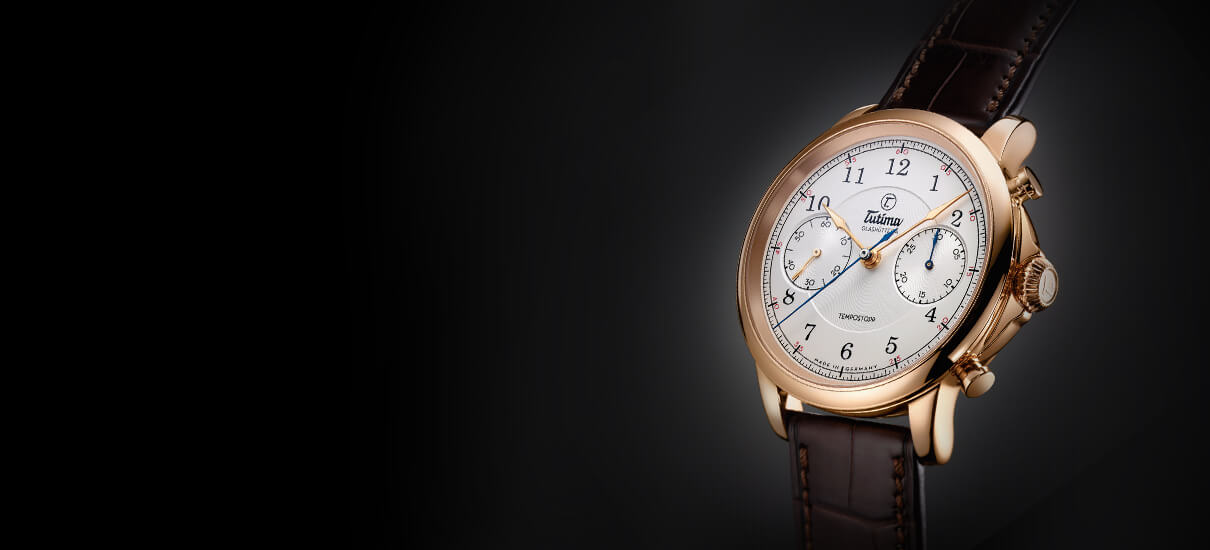

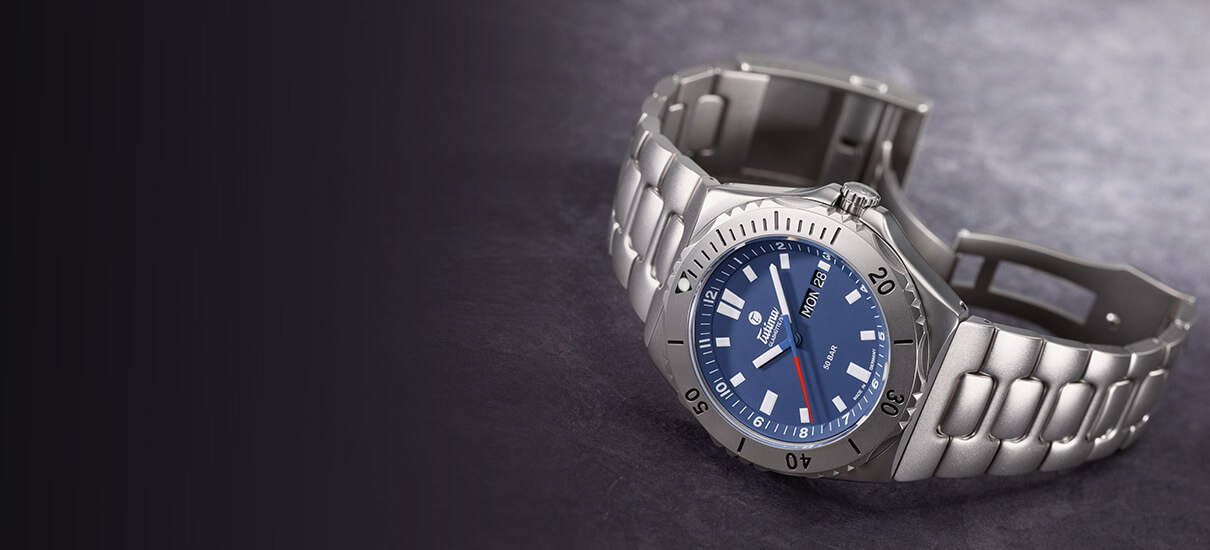

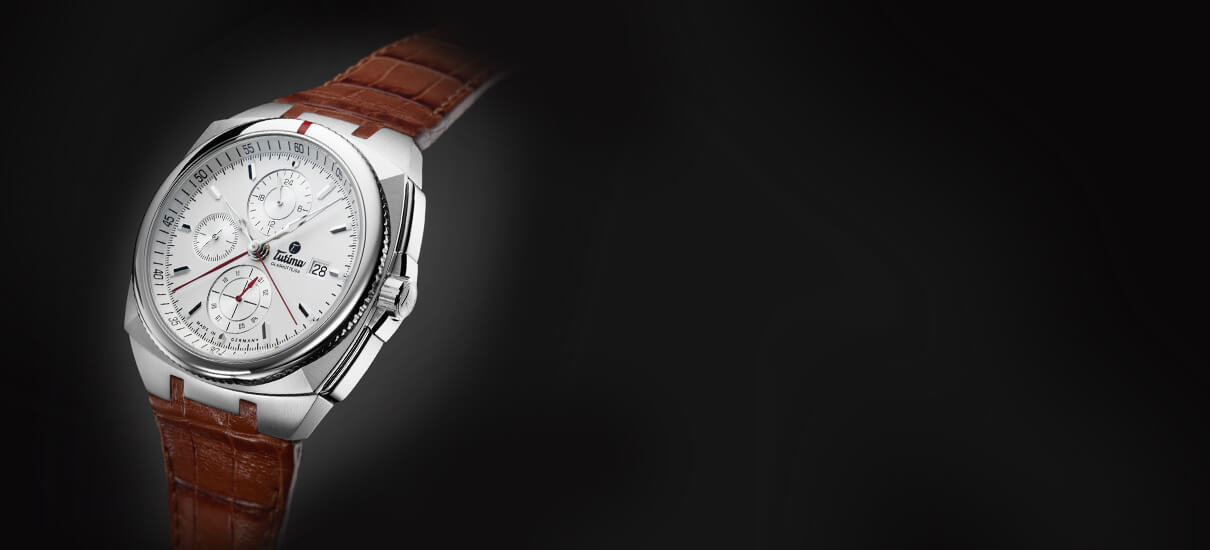

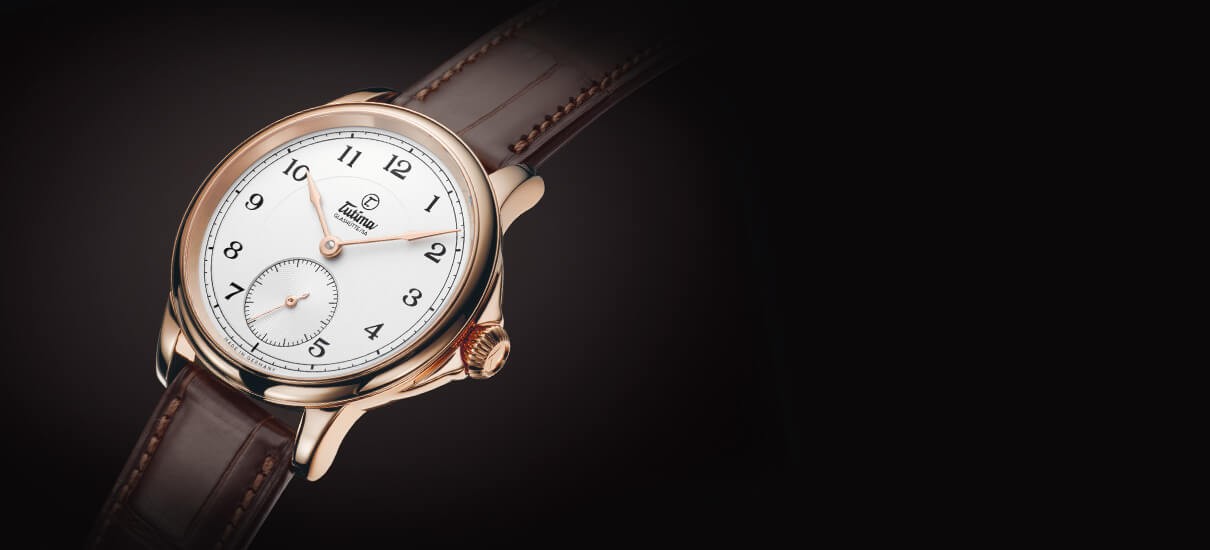

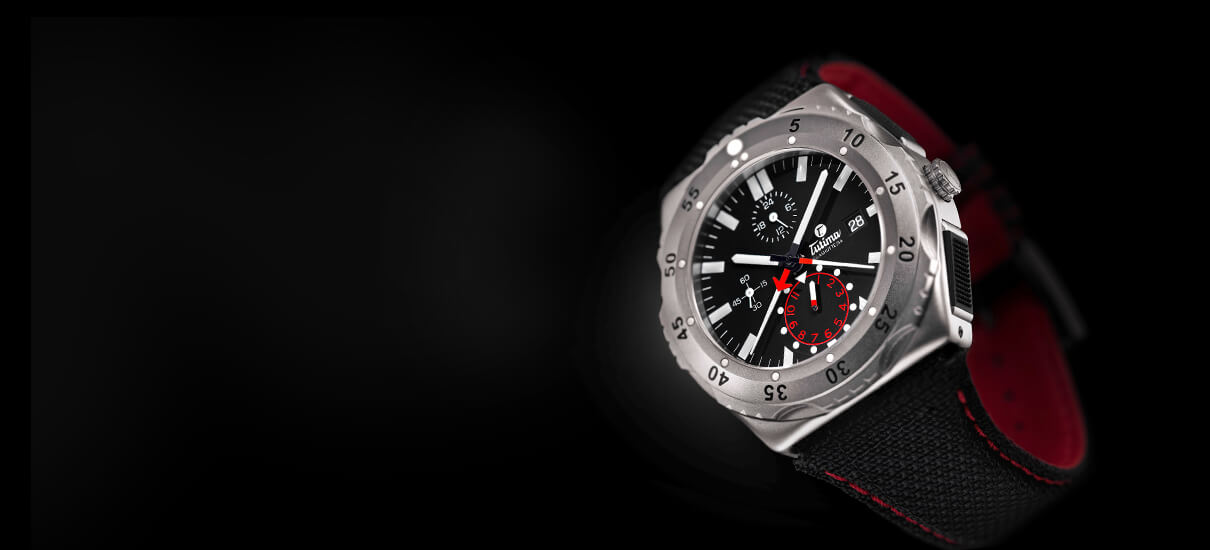

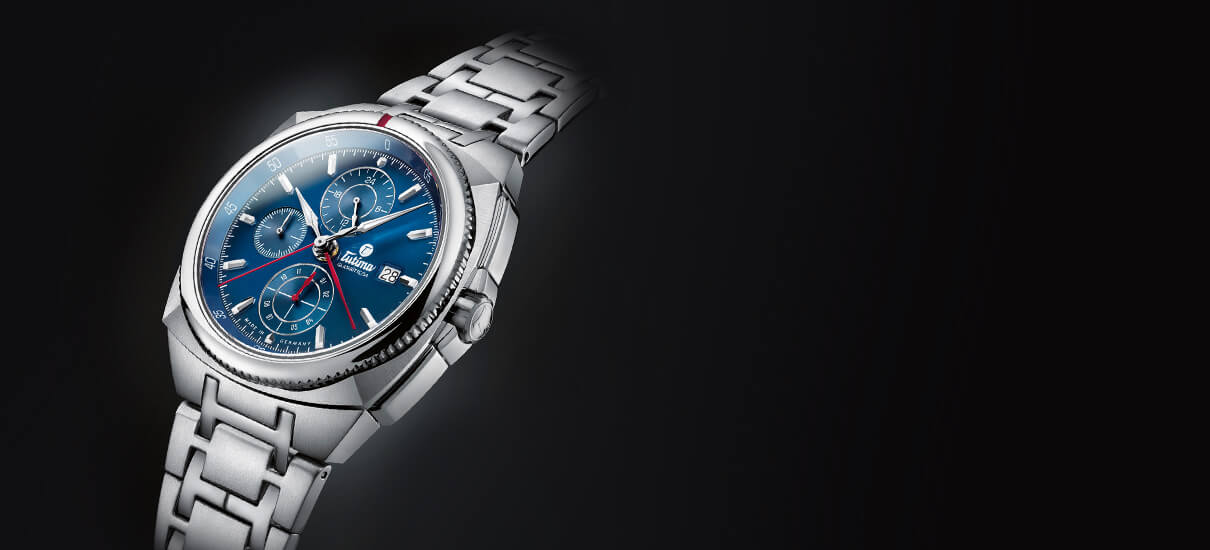

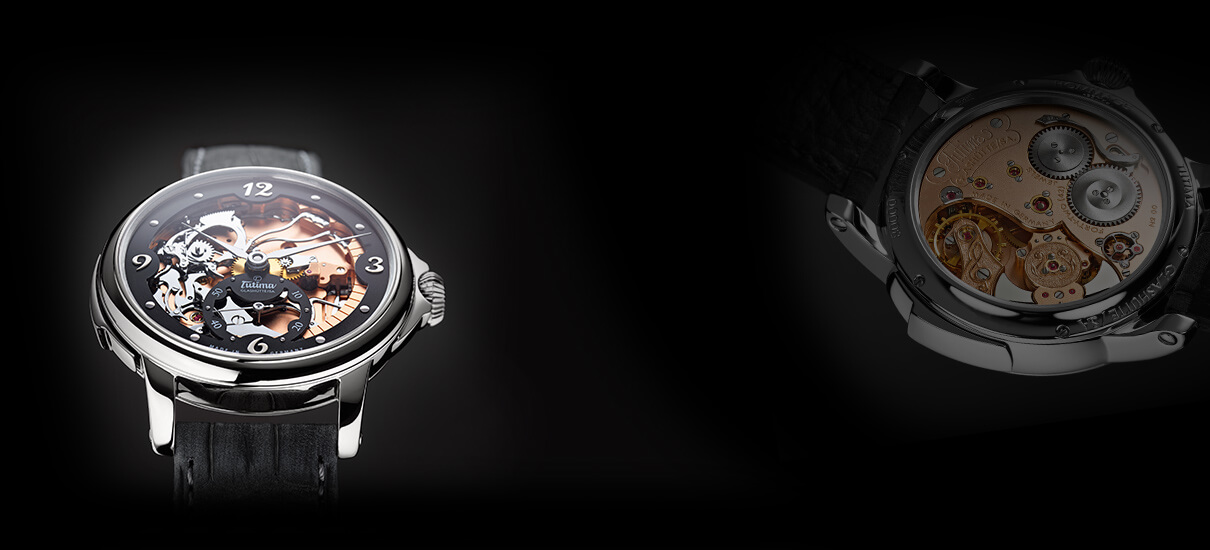



Thank you for this detailed sensitive insight. I have noticed this watch before, but your review really opened my eyes. A quality of writing that stands out.
Thanks, Jan! Appreciate your kind comments!
I’ve been eyeing this piece for some time now but my concerns for it to be too delicate for a daily watch have been putting me off. Would like to read ”a year on the wrist” before I commit.
I wouldn’t mind obliging you there, Another Jan, if somebody is willing to provide me with an Octo Finissimo for a year!
Of course, ultra-thin watches are as a rule more delicate than thicker movements, but as I already pointed out in the article, Bulgari could have made this watch even thinner, but they didn’t for the sake of reliability. Also, for example, the full bridge over the balance wheel testifies to this. It’s performance on my wrist, with a month of daily wear was exemplary.
I’ve just committed.
However, I chose to acquire the steel version.
Ultra thin, and titanium? Might one find oneself forgetting to check the wrist for time altogether? Interesting piece, and your write-up shows it’s much more than an ersatz Royal Oak…
That is indeed quite a strange experience, to be honest, Russell: its lightweight and thin case makes you sometimes indeed forget that you are wearing a watch, even despite its generous case size. That actually becomes part of the appeal of this watch was well.
How big is your wrist?
My wrist is 6 and 1/2 inches will this watch be too big for that size wrist?